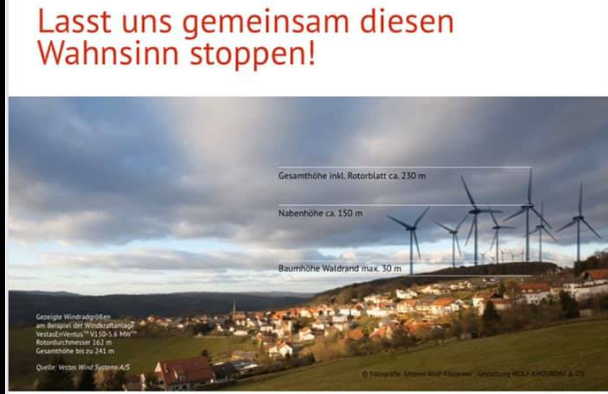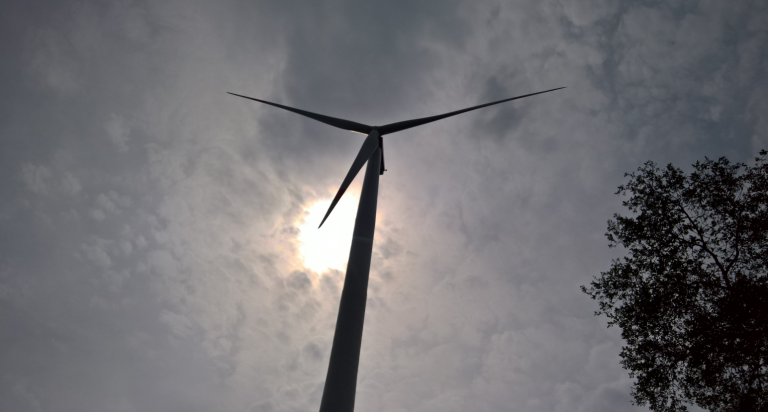- Joined
- Jan 28, 2013
- Messages
- 94,823
- Reaction score
- 28,342
- Location
- Williamsburg, Virginia
- Gender
- Male
- Political Leaning
- Independent
The climate commissars are losing.
[FONT="] [/FONT]
[/FONT]
[h=1]On the Climate Road to Serfdom[/h][FONT="]BY ROBERT L. BRADLEY, JR. The political world is saying “no” to policies that make energy less available, more expensive, less reliable, and more intrusive. Hyperbole of peak demand is going the way of Peak Oil as the hydrocarbon production boom creates its own demand. Little wonder that compared to 1988 when global warming became…
Continue reading →
[/FONT]
[FONT="]
 [/FONT]
[/FONT][h=1]On the Climate Road to Serfdom[/h][FONT="]BY ROBERT L. BRADLEY, JR. The political world is saying “no” to policies that make energy less available, more expensive, less reliable, and more intrusive. Hyperbole of peak demand is going the way of Peak Oil as the hydrocarbon production boom creates its own demand. Little wonder that compared to 1988 when global warming became…
Continue reading →
[/FONT]





